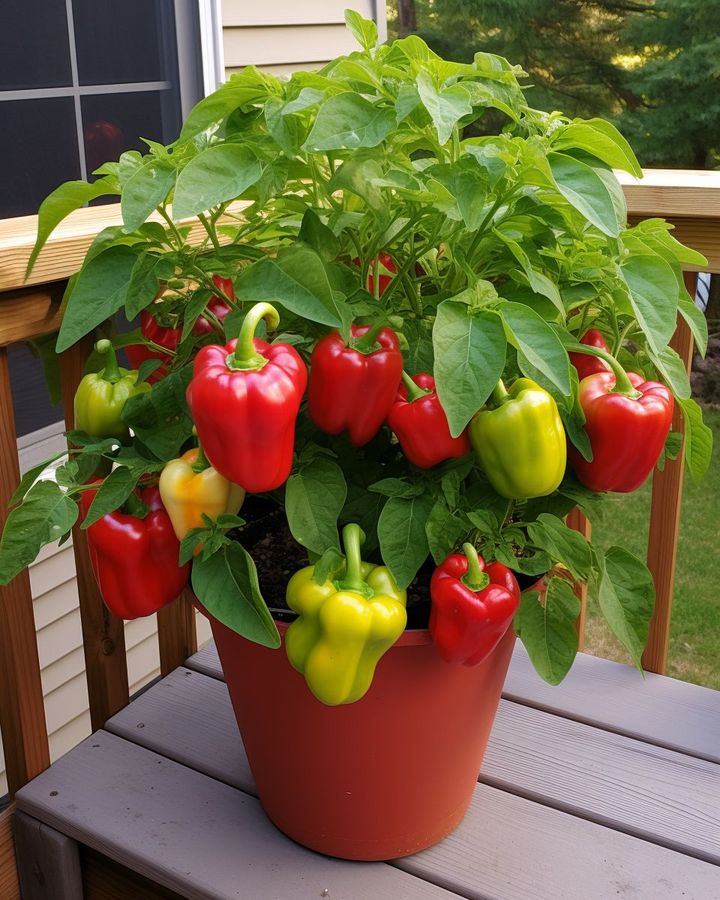If you’ve ever tasted a freshly harvested bell pepper from your own garden, you know there’s a world of difference between homegrown and store-bought. Growing juicy and crunchy bell peppers requires a bit of know-how and a dash of patience, but the rewards are well worth the effort. Whether you’re a seasoned gardener or a green thumb in the making, here’s what you need to know to cultivate the most delicious bell peppers in your own backyard.
Choosing the Right Variety:
1. Sweet Bell Pepper Varieties:
- There are various sweet bell pepper varieties, each offering a unique flavor, color, and size. Common choices include:
- Green Bell Peppers: Harvested before ripening, they have a crisp, slightly bitter flavor.
- Red Bell Peppers: Left on the vine to ripen fully, these are sweet and rich in flavor.
- Yellow and Orange Bell Peppers: These varieties are also sweet and add vibrant colors to your garden.
2. Consider Your Climate:
- Bell peppers thrive in warm climates, but there are also varieties bred for cooler regions. Choose a variety that suits your local climate for optimal growth.
Planting Tips for Success:
1. Start with Quality Seeds or Seedlings:
- If starting from seeds, choose high-quality, disease-resistant seeds. Alternatively, opt for healthy seedlings from a reputable nursery.
2. Timing is Crucial:
- Bell peppers are warm-season crops. Start seeds indoors 8-10 weeks before your last expected frost date. Transplant seedlings outdoors once the soil has warmed and all danger of frost has passed.
3. Sunlight Requirements:
- Bell peppers love sunlight. Plant them in a location that receives at least 6-8 hours of direct sunlight daily.
4. Well-Draining Soil:
- Ensure the soil is well-draining with a pH level between 6.0 and 6.8. Amend the soil with organic matter to improve fertility.
5. Adequate Spacing:
- Plant bell pepper seedlings 18-24 inches apart to allow for proper air circulation and prevent the spread of diseases.
6. Mulch for Moisture Retention:
- Apply a layer of mulch around the plants to retain moisture, suppress weeds, and regulate soil temperature.
